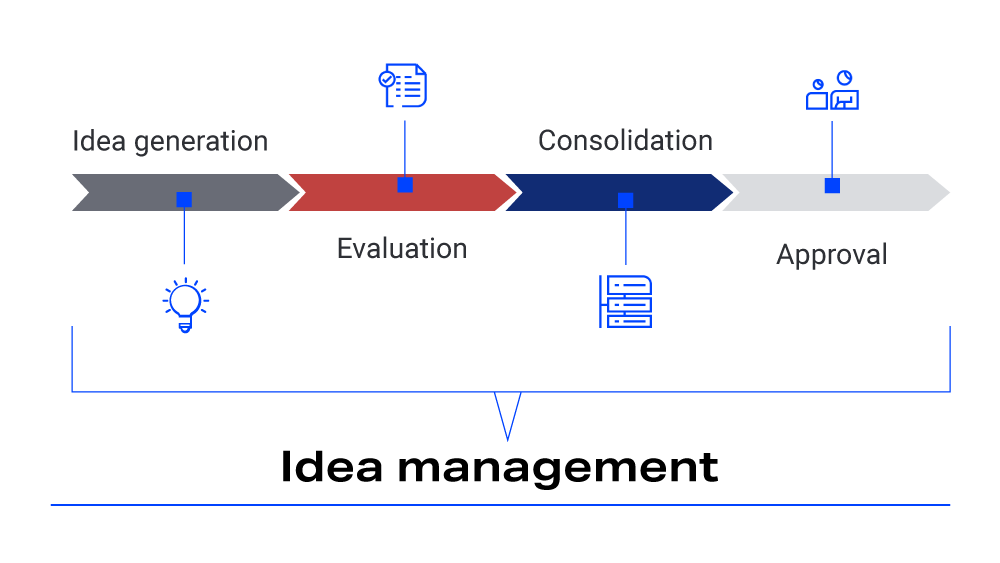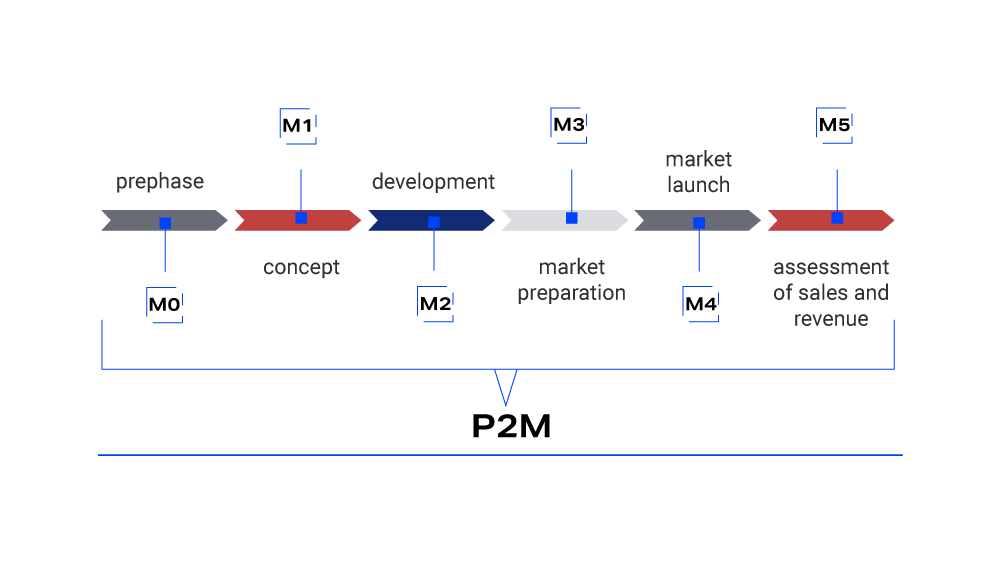Home [spacer] Blog – Hybrid Integration Plattform
Hybrid Integration Platform
Only with intelligent and flexible integration of IT landscapes, is it possible to implement digitization strategies. Only this way, can companies take full advantage of the new options in the area of IoT, connection of customers, partners and suppliers, the potential of E-commerce and artificial intelligence.
If new systems are added to existing IT architectures, the landscapes eventually become hybrid. There are systems in the cloud, just as on-premise systems, and of course, the important legacy systems on which companies still depend. Nevertheless, companies want to digitize quickly and integrate flexibly and securely – whatever the content and whoever the partner.
Agile and flexible reaction capability is the goal
Only if companies are able to react flexibly and quickly to changes in the market, will they be able to offer new business models in time, in order to better serve customers and partners and to develop new sales opportunities. To enable this, applications must be created quickly, for example, and they must be integrated with the existing IT landscape.
Gartner believes that “Hybrid Integration Platforms” (HIP) should enable persons from various sectors to operate the platform (IT specialists, ad-hoc developers, citizen developers), and that these platforms should also facilitate intelligent connection of all systems, whether cloud-based or on-premise, and their integration into the existing IT landscape.
The Challenge of “IoT integration”
Many companies have an ESB with which they can implement standard integration tasks. But IoT requires a hybrid and flexible architecture, which can transfer the data from sensors and other devices either directly or in aggregated form to backend systems. All integrations must be made available via an API layer for internal departments and external customers, in order to use the data via mobile or user-defined applications. Especially the option to run microservices in-memory in order to ensure high performance and scalability is increasingly popular.
One example in practice is the use of automated inspection plans in production to reduce the number of manual inspections. The implementation of such solutions including the connection of all required systems frequently means the acquisition of new systems or integration platforms and it counteracts current efforts to configure the IT landscape as homogeneously as possible. The major ERP providers are currently pursuing a ‘back to the core’ strategy. And, in this regard, for complex integration tasks, platforms are available that support companies with ALL integration tasks.
The “application development” challenge
The focus lies on the customer experience and its optimization. The technological basis for this is the business software. The idea is that “business applications run the digital business.”
Low code platforms greatly simplify and accelerate the development of business applications. The design of the business logic (user interfaces, business processes, data, etc.) is not carried out here using classic programming languages (coding), but rather using graphical user interfaces (drag & drop). Based on the models created in this way (metadata), the required program code is generated automatically. The goal is to be able to entrust software development to those employees in the divisions who are not experts but who have an affinity for the technology. These are sometimes referred to as “citizen developers.”
The low code apps must also be integrated into the existing IT landscape. The digitization of processes is always about the exchange and processing of data in and between systems – ideally synchronously and/or asynchronously.
“Product to market” scenario


In the development of new products, a cross-departmental, company-wide collaboration for short market introduction periods is becoming increasingly important. The solution is to map and execute the entire process using a single platform while connecting various systems in the backend. Also, parallel execution of work packages from different organizational units must be ensured. The benefits are obvious. Through the shortened time to market, sales can be made faster and new markets can be developed. Since the lower degree of complexity allows applications and processes to be developed and adapted with greater agility and speed, the company has a more secure and flexible position in the market.
Interested? Let’s talk about the right solution for your company.
